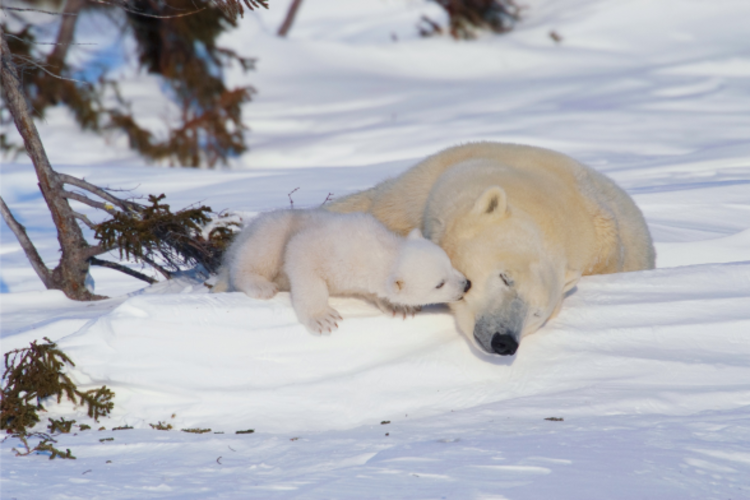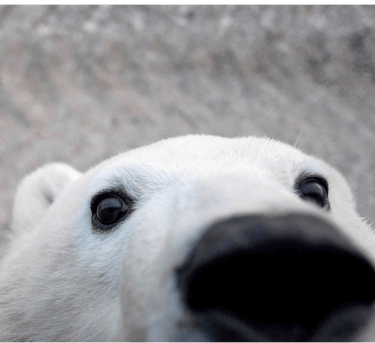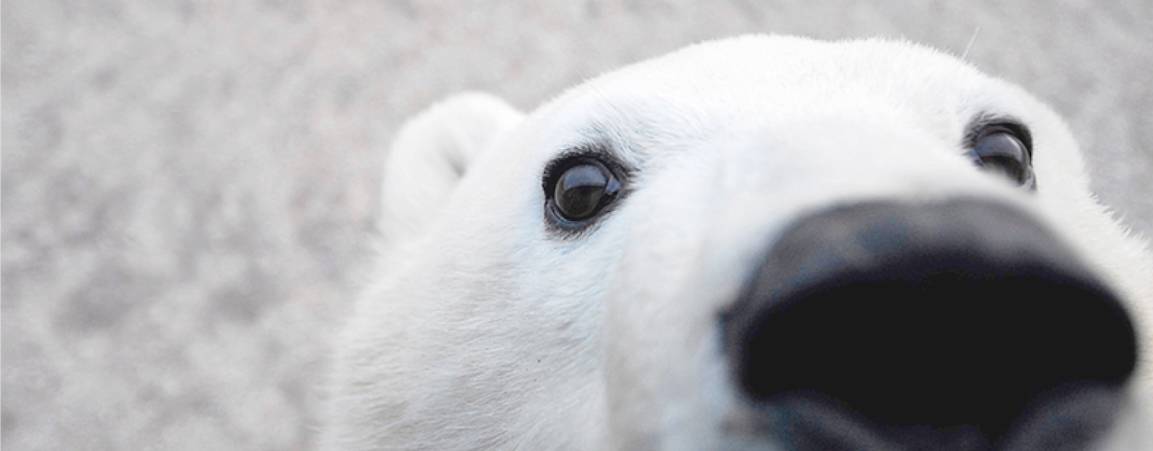Photo: Daniel J. Cox
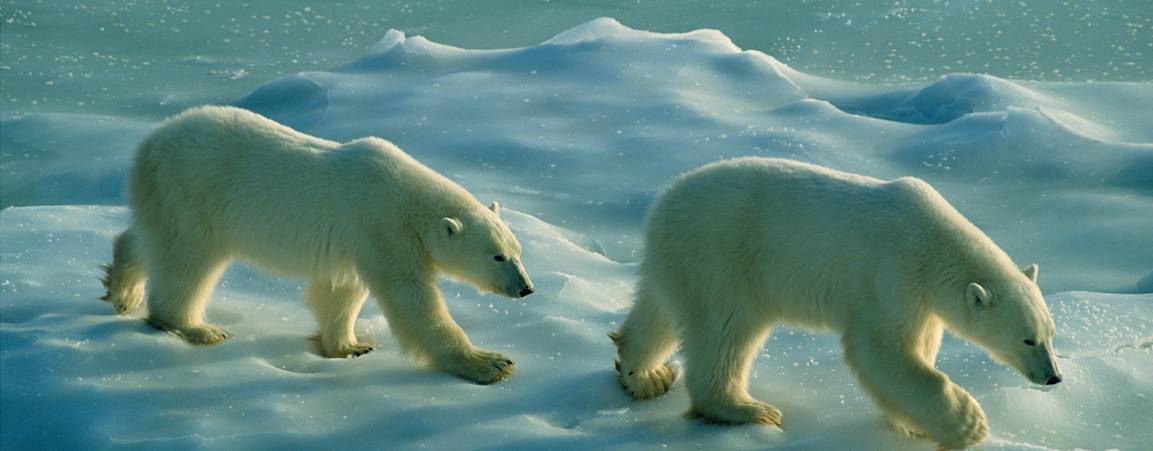
Paws up for Polar Bears
Learn about polar bears and their changing sea ice habitat.
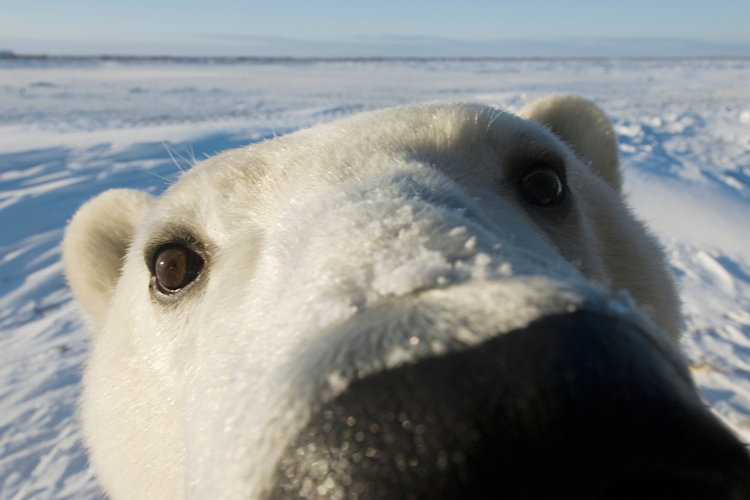
Role of the Unit
This unit focuses on polar bear ecology, the Arctic, and the impacts of climate change on habitats and natural processes. It was piloted in collaboration with Emily Miller, an M.S. student in Outdoor and Environmental Education at Alaska Pacific University.
Unit Plans
Lessons Overview
Paws up for Polar Bears Lesson. Students will learn to understand ecosystems and make informed decisions through problem solving. The curriculum also instills a stewardship ethic and incorporates NGSS and CCSS standards. Each unit and lesson can be used individually or together.
Unit Plans
Other Resources
Tools:
Sea Ice Eco Regions Color by Number: Using the color code provided, classify each polar bear population by the ecoregion in which they live.
Bears and Habitats Coloring Sheet: How do polar bears look different from other types of bears? And where do polar bears live? Learn while coloring.
Polar Bear Adaptation Matching Game: Test your knowledge! Match polar bear facts with drawings that match those facts.
Flip: View our educational topics using the joincode: polarbearsint
Become Inspired:
Watch our archived Tundra Connections webcasts and take a tour of the polar bear’s world through our live cams. See polar bears, meet scientists, and ask questions!
